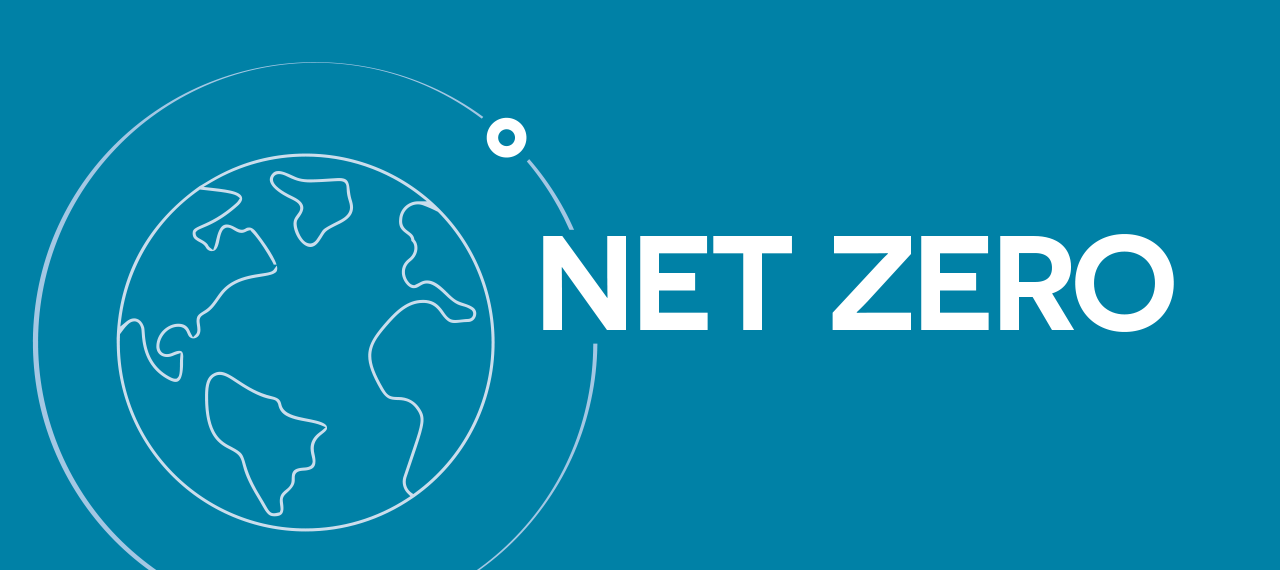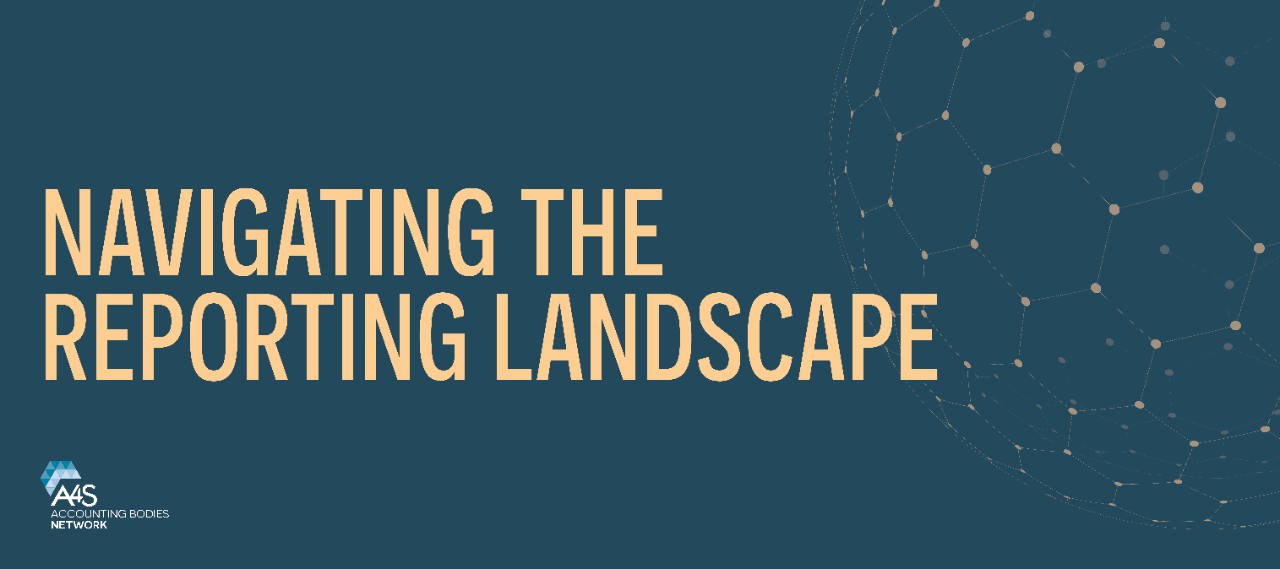Net Zero Transition Plans: the race to net zero
Embarking on the race to net zero
If commitments, ambitions and targets are not turned into concrete action now they risk being meaningless, and are in danger of becoming mere public relations exercises as opposed to delivering tangible progress towards a decarbonized economy. Net zero commitments now cover 91% of global GDP, 83% of global emissions and 40% of the largest 2000 companies.1 While encouraging, as the UN’s latest report on the emissions gap highlights, in spite of the many commitments made, we are still on track for a 2.8°C world, with devastating consequences on lives and livelihoods.2
If you had an ambition of running a marathon you wouldn’t just sign up, put the distant date in your diary, tell everyone about it and then forget it, hoping that on the day you’d be ok. Instead you’d diligently plan your training programme, set interim goals, track progress and report this progress (probably to your many followers on Strava). You’d not only focus on your running, but take a holistic approach to align your nutrition, hydration, strength and conditioning and recovery to achieve your goal. When you get to race day, the marathon is just the final step of your well thought-out plan. Although the analogy has its limitations, the point remains: if you’re setting a long-term goal, you need to plan how you’re going to get there, take a holistic view and start taking action immediately after making a commitment. In the case of a marathon, this is usually done through a strict training programme and, in the case of net zero, a credible transition plan.
“Targets are only action in theory, they are not yet action in practice. That’s why a Net Zero Transition Plan is so important. A good plan not only outlines targets, it also explains how we intend to achieve them.” Alistair Phillips-Davies, Chief Executive, SSE
A net zero transition plan provides a clear set of practical steps to turn net zero ambition into concrete action across a range of areas. It helps organizations set out interim targets and tracks progress against these.
A credible transition plan is also important to hold organizations to account on progress, and will help investors understand and monitor progress in investee companies. Not only is it a useful tool for organizations to achieve their net zero ambitions, but the mandatory publication of transition plans is becoming an increasingly regulated area as the push for organizations to deliver on net zero targets intensifies. The UK Government has already announced that transition plans will be mandatory for certain UK organizations and it is likely that other jurisdictions will follow suit.3
Why aren’t more organizations developing transition plans?
In 2021, analysis completed by CDP found that, of the 13,100+ companies that disclosed information to CDP (worth 64% of global market capital, US$64tn), only one third are developing a transition plan and only 6% fully disclosing details of their net zero target.4 If we go back to the marathon analogy, some haven’t even signed up yet and the majority haven’t yet come up with their programme to reach the finish line.
The absence of widespread transition plans may be due in part to the gap between sustainability ambitions and action. Our recent Finance Leaders’ Sustainability Barometer found that while agreement on the necessary direction is there, when it comes to ‘walking the talk’ there remains a sizable gap between ambition and action. 93% of those surveyed agree it’s very important for their business to transform financial decision making to reflect environmental, social and governance (ESG) issues, and – specifically on climate – more than three out of five (61%) of our survey respondents said providing solutions to tackle climate change was the biggest sustainability-related opportunity for their organization. However, almost one in five (19%) reported that they do not consider ESG information when making decisions, instead relying almost exclusively on traditional financial considerations.
What does a ‘good’ transition plan look like?
The same CDP analysis mapped their climate change questions to CDP’s definition of the key elements of a credible transition plan. It found that although one third are developing a transition plan, only 135 of the 13,100+ companies that disclosed through CDP reported against all of the 24 key indicators that CDP denotes as a credible climate transition plan.5 This highlights a challenge on the quality of transition plans for those that are disclosing, potentially driven by a lack of clarity on what a ‘good’ transition plan should look like. It brings to light a key question: do organizations really understand what a credible transition plan should include?
To attempt to address this question, a number of pieces of guidance have been recently developed. This is a fast-evolving space, with several calls for evidence, recommendations and guidance having been published this year. The main guidance is as follows:
- GFANZ published its ‘Final Report – Financial Institution Net-zero Transition Plans’ on 1 November 2022. This guidance provides financial institutions with a framework for practical action and disclosure. In September 2022, GFANZ released its ‘Expectations for Real-economy Transition Plans’ which includes the same framework themes as for financial institutions. This consistency is to ensure that companies provide transition plans in a format that is most relevant for financial institutions.
Read our Q&A with GFANZ on their transition plan guidance >
Download the latest guidance published by GFANZ >
- TPT published its disclosure framework and implementation guidance on 8 November 2022. Both are open for consultation until 28 February 2023.
Read our Q&A with TPT on their transition plan guidance >
Download the latest guidance published by TPT >
- The Task Force on Climate-related Financial Disclosures (TCFD) published TCFD Guidance on Metrics, Targets and Transition Plans in October 2021 which includes guidance on the characteristics of an effective transition plan, alignment of transition plans with the TCFD and relevant information for disclosure in a transition plan.
Download the latest guidance published by TCFD >
- CDP released a Technical Note on transition plans in February 2022 including its definition of a credible transition plan, the fundamental principles of a credible transition plan and the necessary elements of a credible transition plan – linked to the four TCFD pillars.
Review insights from CDP on transition plans >
Although some of the guidance listed above is centred around disclosure recommendations, the guidance also provides a framework for action. Developing a transition plan centred around the actions needed to embed net zero across an organization and within its wider strategy is key – this is not a reporting exercise alone.
“A transition plan should be much more than simply a disclosure exercise; the process of developing and implementing a transition plan should serve as a strategic planning tool and roadmap for practical action to deliver net zero.” Michael Izza, Chief Executive at ICAEW and member of the steering committee of the Transition Plan Taskforce (TPT).
Unless mandated to follow specific guidance, organizations will have to navigate the different pieces of guidance and determine which they will align with. The organizations producing guidance are working collaboratively, along with wider international sustainability initiatives. Although some differences between the guidance released by each of these initiatives is likely to remain, efforts are being made to align. For example, the TPT guidance is structured around the same five components used by GFANZ and CDP is part of TPT.6
Next steps
As we pick up the pace on the race to achieve net zero, the widespread development and implementation of transition plans is fundamental to making net zero commitments a reality. Even if the every step required on the journey to net zero is unclear, a transition plan helps to frame the approach and action across an organization.
It is also only a matter of time before the publication of a transition plan becomes mandatory in certain jurisdictions and potentially across the globe.
In the UK, for example, the Financial Conduct Authority (FCA) rules include a requirement that listed companies and large regulated asset owners and asset managers publish transition plans as part of their TCFD-aligned climate disclosures from 2023, initially on a comply or explain basis.7
Even if other jurisdictions do not explicitly regulate the publication of a transition plan, there are increasing reporting requirements around climate disclosures, such as metrics and targets, which are a fundamental aspect of a transition plan. Additionally, investor groups are increasingly demanding to see transition plans.
As part of A4S’s aims and purpose ‘to make sustainable business, business as usual’, we will be closely following developments and helping organizations to translate commitments into action. We are committed to supporting finance professionals to develop and implement credible transition plans through sharing insights on the latest guidance and developing case studies. As part of our work, we will be running a dedicated programme of engagement and resource production to build up capacity of finance teams across all sectors. For more on our net zero work please go to our net zero webpage.
References
1. Net Zero Tracker, Net Zero Tracker
2. Emissions Gap Report 2022, UN Environment Programme
3. COP26: UK Firms Forced to Show How They Will Hit Net Zero, British Broadcasting Corporation
4. Disclosure of Climate Transition Plans in 2021, CDP
5. Ibid.
6. The Transition Plan Taskforce Disclosure Framework, Transition Plan Taskforce
7. Background Information Regarding the Transition Plan Taskforce, Transition Plan Taskforce
8. Financial Institution Net-zero Transition Plans, Glasgow Financial Alliance for Net Zero
9. The Transition Plan Taskforce Disclosure Framework, Transition Plan Taskforce

The Glasgow Financial Alliance for Net Zero (GFANZ), is an international coalition of financial institutions committed to accelerating the decarbonization of the economy, defines a transition plan as: “A set of goals, actions and accountability mechanisms to align an organization’s business activities with a pathway to net-zero greenhouse gas emissions that delivers real-economy emissions reductions in line with achieving global net zero.”8 |
The Transition Plan Taskforce (TPT), established to develop a gold standard for private sector climate transition plans in the UK, defines a transition plan as: “A transition plan is integral to an entity’s overall strategy, setting out its plan to contribute to and prepare for a rapid global transition towards a low GHG-emissions economy.“9 |



